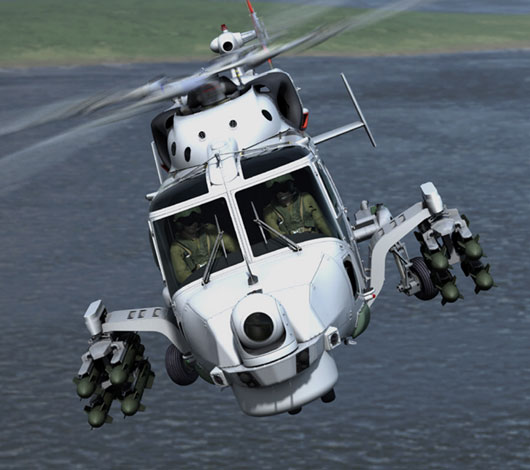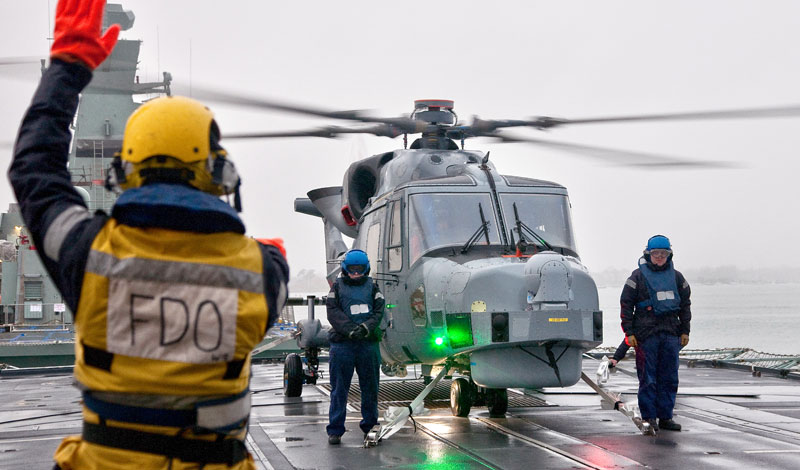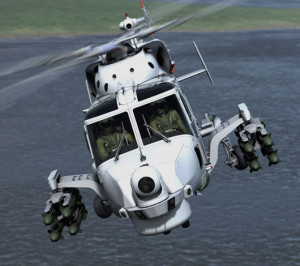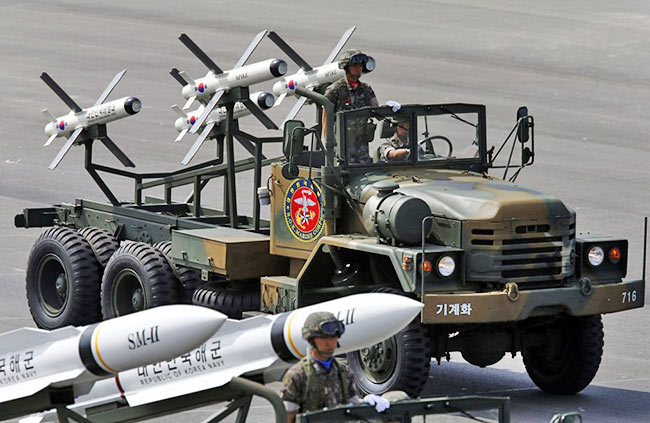

The South Korean Defense Acquisition Program Administration (DAPA) announced Friday that the new Wildcat helicopters being acquired for the Republic of Korea Navy will be equipped with Rafael Spike NLOS missiles, marking the first deployment of this advanced missile on a maritime platform. Spike NLOS is already operational with the Korean Army. The missile can engage point targets with utmost precision, from a maximum range of 25, using autonomous or man-in-the-loop electro-optical guidance. Seoul is expecting to receive the eight AW159 Wildcat Maritime Operational Helicopters (MOH) in 2015. These new helicopters will replace AugustaWestland as replacements the Super Lynx Mk99 currently in use with the Korean Navy.

Equipping these helicopters with the Spike NLOS missile will enable the navy the capability to strike targets from a stand-off range, with minimal exposure. Seoul is counting on the Israeli weapons to rapidly engage and eliminate rocket launchers, artillery tubes or even hovercrafts and landing crafts trying to conduct surprise landing South Korean territory.
Seoul is investing about $560 million in the procurement of the eight helicopters. Each of them will be equipped with a Flash dipping sonar, provided by Thales, and anti-submarine torpedoes. The helicopter will be equipped for anti-submarine warfare, surface attack, maritime surveillance and search and rescue missions. Apart from the sonar, torpedoes and missiles it will also carry a maritime surveillance radar and electro-optical payload, which will also support the weapon system. Deliveries will take place in 2015 and 2016.
In addition to the fielding of the SPIKE NLOS, Seoul is also considering other SPIKE variants, such as the Spike ER, considered as one of the options for a primary guided weapon for the future combat helicopter to be developed and produced by Korean Aerospace Industries (KAI). Other options include various laser-guided weapons including the Israeli Lahat missile from IAI MBT, BAE Systems’ APKWS and the Hellfire from Lockheed Martin/Raytheon. While the Koreans have not yet decided which partner they will team with on this multi-billion dollar campaign, it is estimated that the weapon system segment alone will be worth well over one billion US$.




















